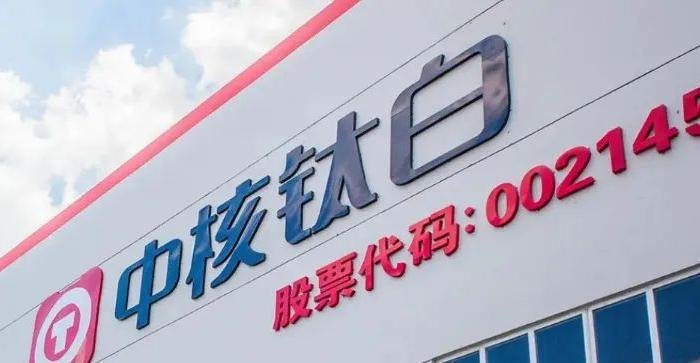GPRO Titanium (also known as Jinpu Titanium, SZ000545, share price: CNY 3.05, market cap: CNY 3.01 billion) announced on the evening of July 14 that it plans to acquire 100% equity of Leader Orient (Lide Dongfang) through a combination of asset swaps, share issuance, and cash payments, along with a supporting fundraising effort. As part of this transaction, GPRO Titanium will fully divest its original titanium dioxide business and pivot to the rubber products sector. Trading of the company’s shares resumed on July 15. This marks the official launch of GPRO Titanium’s strategic transformation and its exit from the TiO₂ industry, a sector it has been deeply involved in for years.
Caught between cyclical downturns and its own structural disadvantages, GPRO Titanium has suffered continuous losses in recent years. In particular, it expects a net loss of CNY 160–186 million in the first half of 2025, a sharp increase from the CNY 20 million loss recorded in the same period last year. Facing high production costs, overcapacity, and sluggish demand, the company has been forced to abandon its sulfate-route TiO₂ business, which lacks both resource and scale advantages. This abrupt and desperate shift, though seemingly rushed, is clearly a move driven by necessity and highlights the intense survival pressures facing resource-based enterprises in highly competitive industries.
Although the transaction appears complex, it essentially constitutes a typical “core business swap.” According to disclosed information, GPRO Titanium will exchange its own assets for an equivalent portion of equity in Leader Orient, then cover the remaining difference with shares and cash, supplemented by a private placement for fundraising. After the deal is completed, there will be no change in the controlling shareholder or ultimate controller. In essence, this restructuring resembles a “quasi-backdoor listing” — a move aimed at turning the company around while maintaining control. However, it also calls for increased transparency and regulatory oversight.
The future outlook for the company’s new line of business warrants a cautious and rational evaluation. Leader Orient specializes in rubber hoses and sealing/damping components, serving downstream industries such as automotive and rail transit. While the product portfolio caters to stable demand, the industry is also characterized by high concentration, moderate technological barriers, and sensitivity to macroeconomic conditions. Whether GPRO Titanium possesses the necessary integration capabilities and technological adaptability will be crucial to the success of this transformation. After all, the shift from upstream chemicals to downstream manufacturing is not just a logical pivot — it’s a structural overhaul.
From a capital markets perspective, GPRO Titanium’s stock hit the upper limit upon resumption of trading on July 15, signaling market optimism toward the company’s strategic shift. Following years of losses, the company’s valuation has hit rock bottom, and the restructuring — involving a switch in core business — is viewed by many investors as a “reset button.” Compared to the sluggish TiO₂ industry, the rubber product sector, which supplies multiple stable end-markets such as automotive and rail, offers greater demand resilience. In the short term, the “narrative value” of this transformation could serve as a catalyst in the market .
However, market enthusiasm does not equate to risk elimination. The integration and management of the new business will take time, and the rubber product industry itself remains highly competitive, with limited pricing flexibility. Whether the new business can deliver strong earnings that reflect quickly on the balance sheet remains uncertain. For investors, the initial price surge may mark the beginning of a sentiment rebound, but whether a true performance turnaround can be achieved depends on GPRO Titanium’s execution capabilities and resource allocation in its new track. Hyping a concept is easy; building a sustainable business is not. True rebirth begins not with market heat, but with grounded, post-hype execution.




